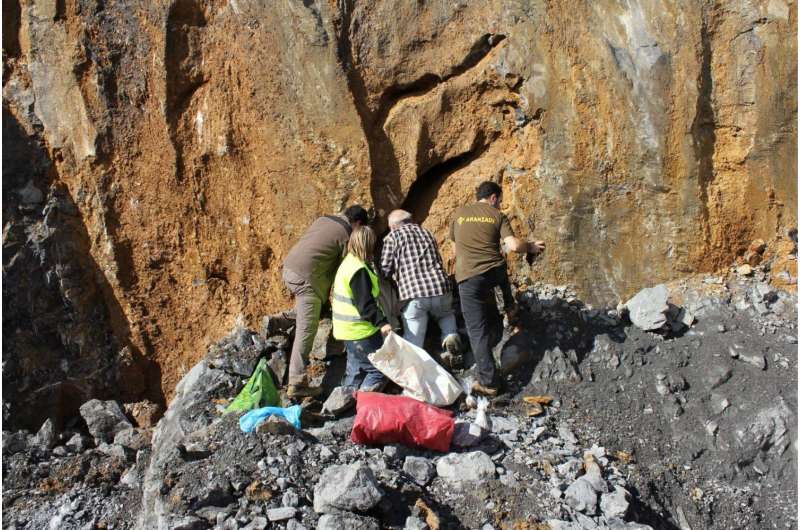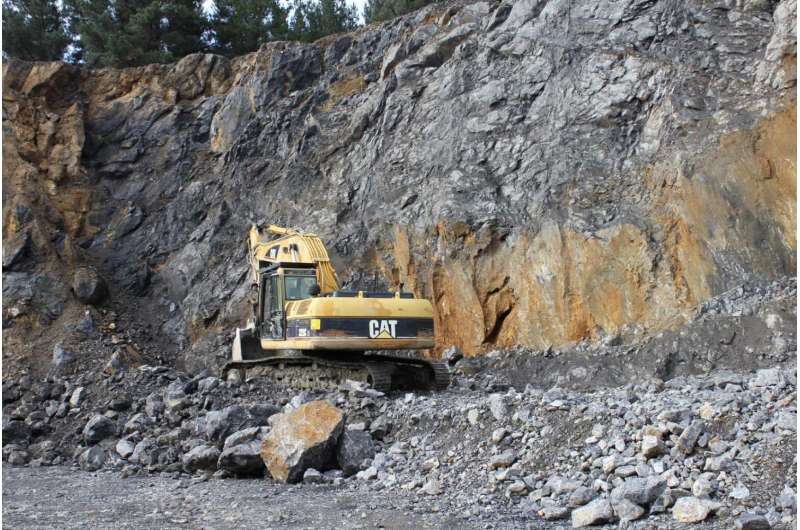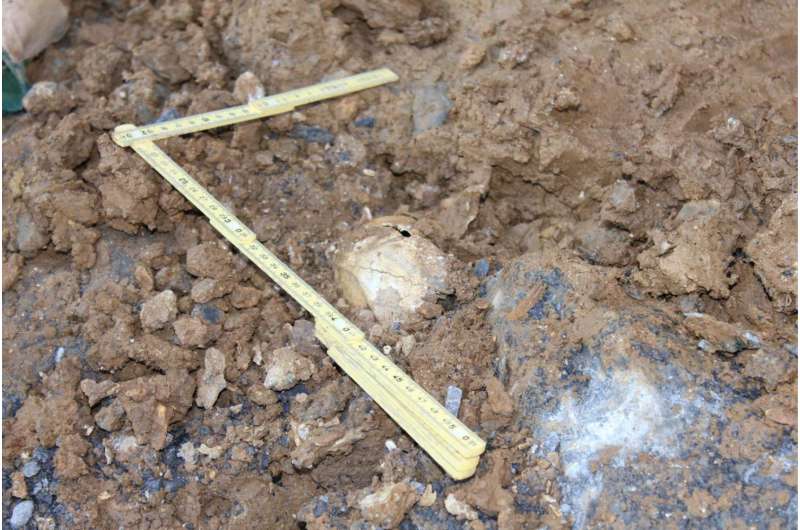An exceptional 100,000-year-old palaeontological site unearthed in Arrasate

The Artazu VII site was discovered in 2012 by quarry workers after carrying out a blasting operation. When they spotted the presence of a great many fossil remains in the clay that filled the cave, they halted the work and contacted Alvaro Arrizabalaga of the Department of Geography, Prehistory and Archaeology at the University of the Basque Country. After confirming the importance of the site, Arrizabalaga and Maria Jose Iriarte decided in 2013 to carry out an emergency excavation in collaboration with the company to retrieve the bone remains.
The Pleistocene was a critical phase in human history. Specifically, this epoch was characterised by climate change on a global as well as regional scale. The Artazu VII chasm is of interest because at the time, it functioned as a natural trap into which animals fell by chance. This means the site is of great palaeontological and palaeoecological interest. This is because the faunal assemblage retrieved has not been biased by the trophic appetites of humans or any other organism. In other words, the bone remains accumulated as the result of accidental falling of animals into the chasm, rather than the remains of animals hunted by a predator. So the assemblage reflects in a more precise way the fauna in the area at the moment when the chasm was filled. Therefore, the use of precise bioindicators at this site enables high-resolution palaeoecological and palaeoenvironmental work to be carried out.
In the preliminary study, the taxonomic list numbers at least 40 species, including micro- and macro-vertebrates present at Artazu VII. Furthermore, most of the remains have been recovered whole or with post-depositional fractures, and many of the bones have been preserved in anatomical connection. So the presence of species that are currently extinct or which today are absent because they have shifted geographically has been confirmed in the surroundings of Arrasate during a period dating back 100,000 years ago. Uncovered specimens include the cave lion (Panthera spelaea) and the leopard (Panthera pardus) among the carnivores, and the steppe bison (Bison priscus) and the red deer (Cervus elaphus) among the angulates. The research conducted so far on the micro-vertebrates (mammals, amphibians and reptiles) has confirmed a series of warm events at the moment the chasm at Artazu VII was filled.

The study of this site is part of the PhD thesis by the geologist Aitziber Suárez at the UPV/EHU-University of the Basque Country and supervised by Dr Alvaro Arrizabalaga and Dr Xabier Murelaga. The scientific nature and previous experience of the members that make up the research team allows an integral study to be made. The main aims of the study are to carry out combined geological analyses (Sedimentology and Stratigraphy) of a palaeontological nature of the macrofauna and microfauna (Palaeobiology and Palaeoecology) and of a geochemical nature (Palaeodiets and fauna migrations) and thus produce a detailed palaeoenvironmental reconstruction of the site.

More information: Aitziber Suárez-Bilbao et al, A new Late Pleistocene non-anthropogenic vertebrate assemblage from the northern Iberian Peninsula: Artazu VII (Arrasate, Basque Country), Comptes Rendus Palevol (2016). DOI: 10.1016/j.crpv.2016.05.002
Provided by University of the Basque Country




















